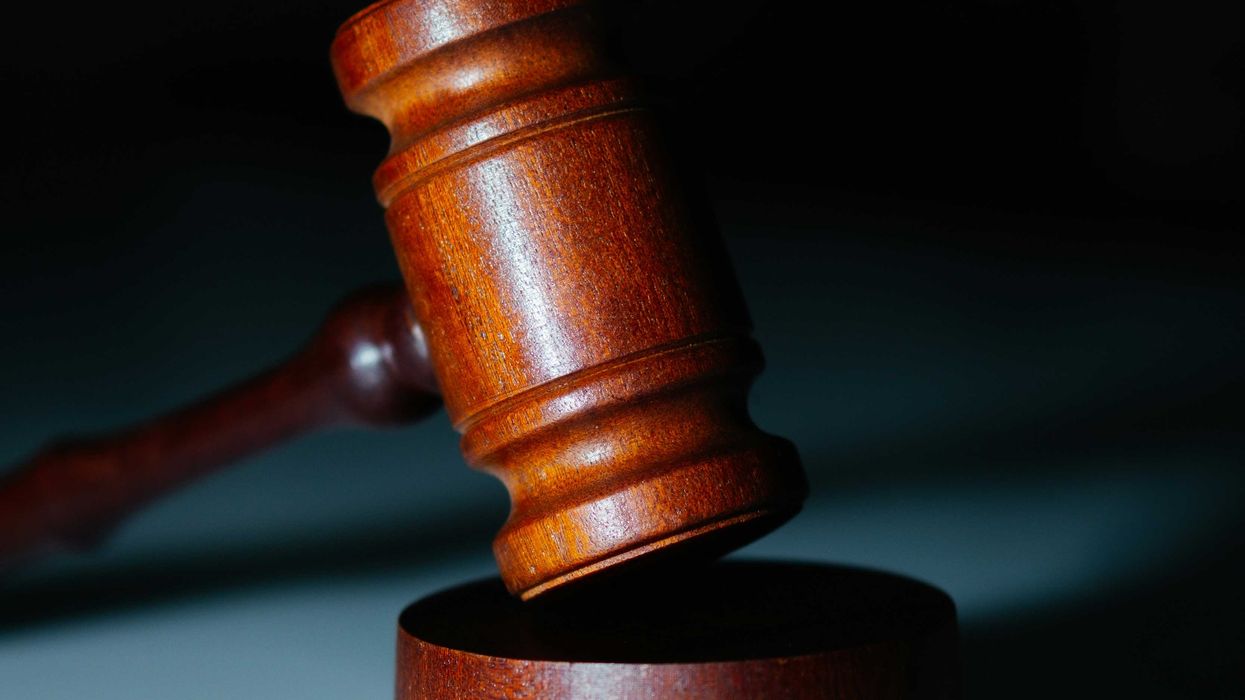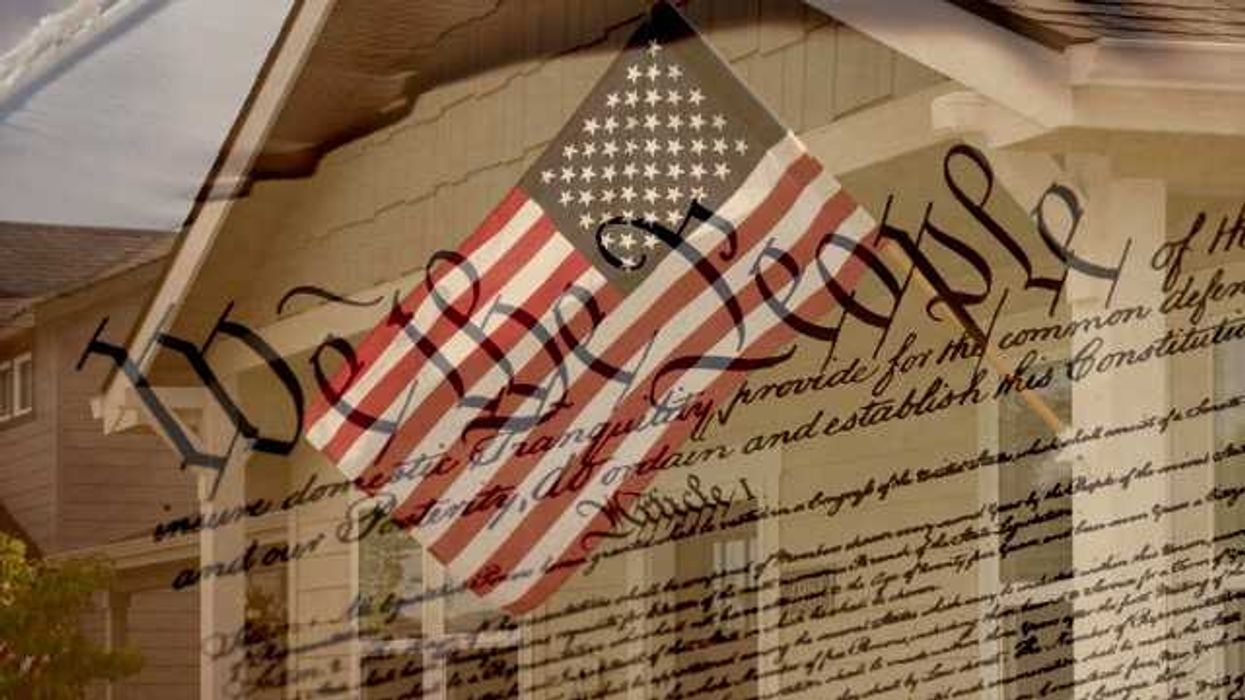Conservative Judge Brian Hagedorn is declaring victory over liberal Judge Lisa Neubauer in a race to fill a seat on the Wisconsin Supreme Court, which looms as a likely battleground in the next decade's fight over partisan gerrymandering.
But Hagedorn, who was chief legal counsel to Republican Scott Walker for five years of his governorship, led by just 5,911 votes out of 1.2 million cast in complete but unofficial results. That margin of less than half a percentage point is close enough for the Democrat to request a recount, but she would have to pay for it.
If Hagedorn prevails he would be part of a 5-2 majority on the court and represent a big setback for the state's liberals, who picked up a seat on the state's top court and engineered Walker's defeat last fall. And much of the national interest in the race, and a significant amount of donations to the candidates, was because the partisan divide on the court will be important after the next round of redistricting starts in 2021.
"After the 2020 census, lawmakers in the bitterly divided state will have their next chance to draw up congressional and state legislative districts. If — or, more likely, when — lawsuits are filed over those maps, the state Supreme Court will have the final word on whether they pass muster," Talking Points Memo wrote. "In swing states from Wisconsin to North Carolina, redistricting has emerged as a focus in these less-covered, increasingly pricey contests. With varying degrees of candor, lawmakers and operatives are making it clear they're looking at state Supreme Court races with 2021 redistricting in mind."











 Shannon Gormley, Rhode Island Public Schools
Shannon Gormley, Rhode Island Public Schools Les Sinclair, Blue Ridge Area Food Bank
Les Sinclair, Blue Ridge Area Food Bank Elena Casillas Hoffman,
Elena Casillas Hoffman, 
 Darrious Hilmon, Executive Director, CAN-TV
Darrious Hilmon, Executive Director, CAN-TV










